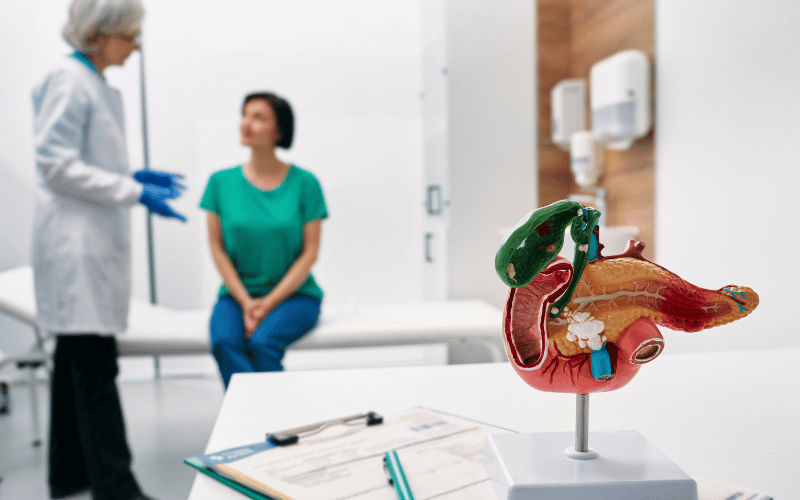Introduction: Delving into Acute Pancreatitis
Acute pancreatitis (AP) stands as a pressing medical condition where the pancreas, a vital organ playing a dual role in digestion and hormone production, becomes suddenly inflamed. This inflammation can lead to a variety of symptoms and requires swift medical attention to mitigate severe complications. Our objective here is to unfold the layers of acute pancreatitis, offering insights into its causes, symptoms, treatments, and preventive measures.

The onset of AP is often rapid and can be triggered by numerous factors such as gallstones, excessive alcohol consumption, or certain medications. Recognizing the symptoms early on is pivotal for a timely diagnosis and effective treatment. Symptoms range from severe abdominal pain to nausea and fever, painting a complex clinical picture.
Navigating through the labyrinth of information on AP, this article aims to serve as a reliable resource, providing up-to-date, detailed, and relevant information. Whether you are a healthcare practitioner, a patient, or an individual looking to expand your knowledge, our goal is to equip you with the necessary tools to understand and address acute pancreatitis.
So, as we venture further into the realms of this condition, we invite you to join us in exploring 15 essential facets of acute pancreatitis. By unraveling these aspects, we aim to enhance your comprehension and provide you with the means to effectively confront this medical challenge.
1. Gallstones – A Predominant Culprit

Gallstones emerge as a leading cause of acute pancreatitis, accounting for a significant number of cases annually. These small, pebble-like deposits form in the gallbladder and can sometimes block the pancreatic duct. This blockage is problematic; it prevents the digestive enzymes from exiting the pancreas, causing them to turn on the organ itself, leading to inflammation and damage.
Understanding gallstones’ role in AP is crucial for prevention and treatment. These stones are often composed of cholesterol and can vary in size and number. Those at risk for gallstones include individuals with obesity, a high-fat diet, and certain genetic predispositions. Recognizing the link between diet, lifestyle, and gallstone formation is a significant step in mitigating the risk of AP.
The connection between gallstones and acute pancreatitis underscores the importance of preventive measures. Maintaining a balanced diet, regular exercise, and a healthy weight are key strategies in preventing gallstone formation. For those already affected, surgical options may be considered to remove gallstones and prevent further episodes of AP.
In summary, gallstones play a pivotal role in the onset of acute pancreatitis. Awareness, lifestyle changes, and appropriate medical intervention are essential in managing this risk factor. By addressing gallstone formation proactively, individuals can significantly reduce their likelihood of experiencing AP and its associated complications. (1)